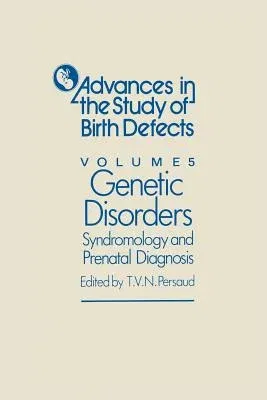Birth defects have assumed an importance even greater now than in the
past because infant mortality rates attributed to congenital anomalies
have declined far less than those for other causes of death, such as
infectious and nutritional diseases. As many as 50 % of all pregnancies
terminate as miscarriages, and in the majority of cases this is the
result of faulty intrauterine development. Major congenital
malformations are present in at least 2 % of all liveborn infants, and
22 % of all stillbirths and infant deaths are associated with severe
congenital anomalies. Not surprisingly, there has been a great
proliferation of research into the problems of developmental
abnormalities over the past few decades. This series, Advances in the
Study of Birth Defects, was conceived in order to provide a
comprehensive focal source of up-to-date information for physi- cians
concerned with the health of the unborn child and for research workers
in the fields of fetal medicine and birth defects. The first four
volumes featured recent experimental work on selected areas of high
priority and intensive investigation, including mechanisms of
teratogenesis, teratological evaluation, molecular and cellular aspects
of abnormal development, and neural and behavioural teratology. It seems
logical and timely that the clinical aspects should now be presented.
Accordingly, leading experts were invited to review a broad range of
common problems from the standpoint of embryology, aetiology, clinical
manifestations, diagnosis and management. This volume deals with genetic
disorders and prenatal diagnosis.


